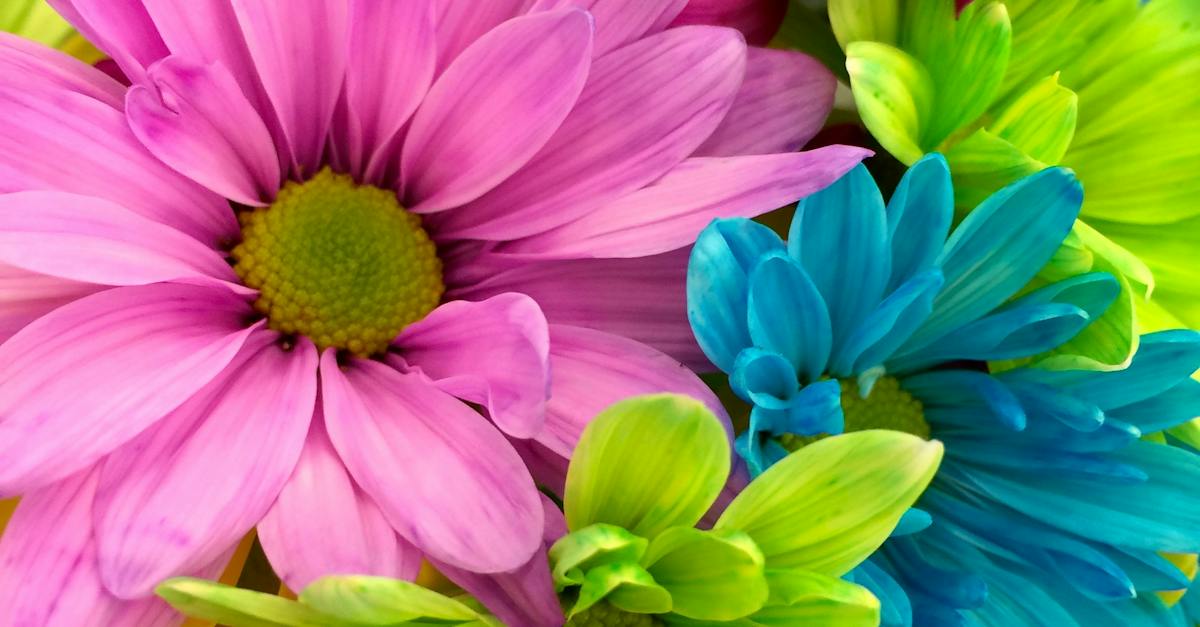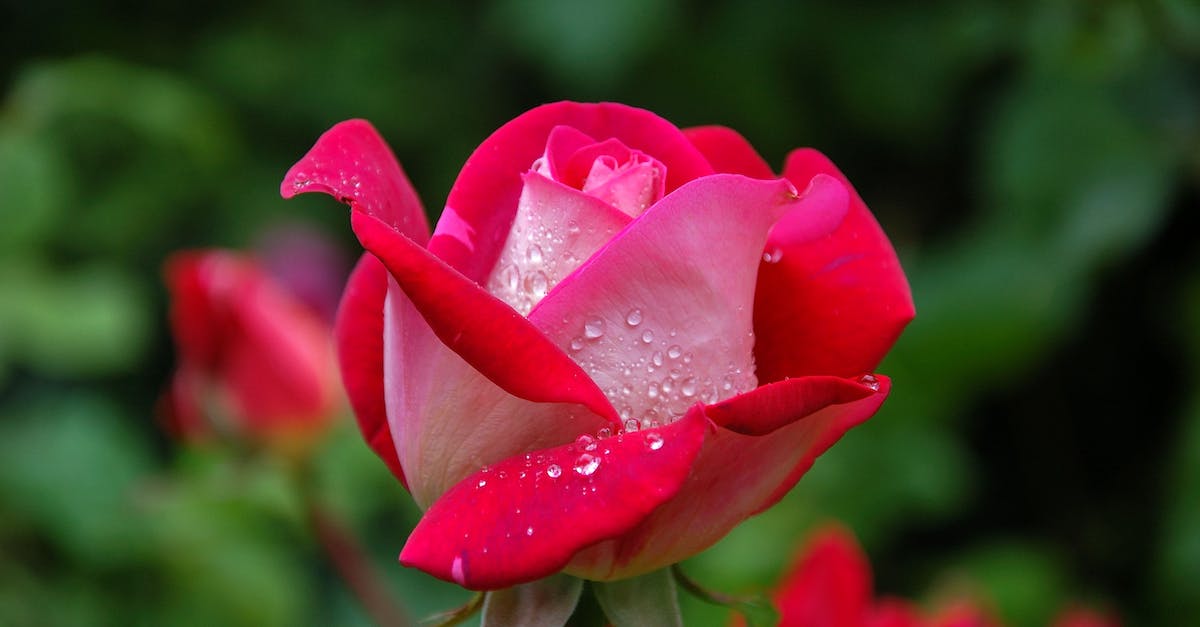If you are interested in learning the art of drawing and want to add flower drawing to your skill set, you have come to the right place. Drawing flowers can be a fun and rewarding experience, and with the right techniques, anyone can master this art form. In this blog post, we will provide you with a comprehensive flower drawing tutorial, including easy flower drawing techniques, step by step flower drawing guide, flower sketching tips, and how to draw flowers for beginners. Whether you are a novice or an experienced artist looking to improve your flower drawing skills, this article will provide you with the tools and knowledge you need to create stunning floral artwork. So, grab your drawing materials and let’s get started!
Main Points
- Overview of flower anatomy and structure
- Depth and perspective in flower drawings
- Texture techniques for realistic flower representation
- Step-by-step guide to drawing different types of flowers
- Video tutorial for visual learning
- Demonstration of flower art array
Understanding Floral Anatomy: Key Elements to Capture
When it comes to drawing flowers, understanding their anatomy is crucial to capturing their beauty in your artwork. Here are some key elements to focus on:
1. Petals
flower drawing tutorial: Start with the outer petals and work your way towards the center, paying attention to their shape and texture.
2. Stamen and Pistil
easy flower drawing techniques: Learn to depict the intricate details of the stamen and pistil, which are often the focal points of the flower.
3. Stem and Leaves
step by step flower drawing guide: Don’t forget to give attention to the stem and leaves, as they provide the structure and support for the flower.
By focusing on these key elements, you can create stunning floral artwork that captures the true essence of the flowers you are drawing.
Mastering Line Work: Creating a Striking Outline of Flowers
When it comes to flower sketching, mastering line work is essential for creating a striking and beautiful outline. Whether you are a beginner or an experienced artist, these flower drawing tips will help you create stunning floral illustrations. In this video tutorial, we will explore the techniques and methods to draw flowers with precision and elegance. By paying attention to details and using the right tools, you can elevate your flower sketches to the next level.
Key Tips for Flower Sketching:
| Observation | Practice | Precision |
|---|---|---|
| Carefully observe the details and shapes of real flowers to understand their form and structure. | Regular practice is key to improving your sketching skills and developing a unique style. | Use precise lines and strokes to capture the delicate and intricate features of each flower. |
By incorporating these key tips into your flower sketching process, you can create a striking outline that captures the beauty and essence of each flower. Whether you prefer to work with pen and ink or graphite, mastering line work will elevate your floral illustrations to new heights.
Exploring Depth and Dimension: Adding Realism to Floral Drawings
When it comes to creating realistic floral drawings, adding depth and dimension is key. By incorporating shading techniques and paying attention to the intricate details of each petal and leaf, artists can bring their flower art to life. In this demonstration, we will explore the importance of light and shadow in realistic floral drawings, as well as the artistic process of capturing the subtleties of nature.
Understanding Light and Shadow
One of the fundamental elements of adding realism to floral drawings is understanding how light and shadow interact with the subject. By carefully observing the way light falls on each petal or leaf, artists can create a sense of depth and three-dimensionality in their drawings. This attention to detail is what sets realistic floral art apart from more simplistic representations.
Embracing the Artistic Process
Creating realistic floral drawings is not just about replicating the appearance of flowers; it is about capturing the essence of nature on paper. This requires patience, dedication, and a willingness to immerse oneself in the beauty of botanicals. By embracing the artistic process and honing their skills, artists can elevate their floral drawings to a new level of realism.
Enhancing Texture Techniques: Bringing Flowers to Life on Paper
Bringing flowers to life on paper is an art form that requires precision, technique, and creativity. By enhancing texture techniques, artists can create stunning floral portraits that capture the essence of each bloom. Whether working with watercolors, pastels, or colored pencils, understanding how to bring out the unique texture of each petal and leaf is key to a successful depiction.
Understanding Texture
Texture is a crucial element in botanical art, as it adds depth and dimension to the subject. By carefully observing the texture of flowers and leaves, artists can replicate these intricate details on paper, bringing their artwork to life.
Techniques for Enhancing Texture
There are several techniques that artists can employ to enhance the texture of flowers on paper. These include stippling, hatching, and layering to create depth and realism. Additionally, using various tools such as brushes, sponges, and palette knives can add tactile qualities to the artwork.
Bringing Flowers to Life
By mastering texture techniques, artists can bring flowers to life on paper in a way that captivates viewers. The ability to accurately depict the texture of petals, stamens, and leaves allows for a truly immersive experience, where the beauty of nature is artfully captured.
Refining Your Composition: Balancing Form, Color, and Negative Space
When it comes to creating visually appealing art or photography, the composition is key. It’s not just about the subject matter, but also how it’s arranged within the frame. Balancing form, color, and negative space is essential for creating a harmonious and dynamic composition.
Focusing on Form
Form refers to the shape and structure of objects within your composition. Paying attention to the form helps create a sense of depth and dimension in your work.
Understanding Color
Color plays a crucial role in composition. It can evoke emotions, create focal points, and establish a mood. Understanding color theory can help you make informed decisions about the use of color in your work.
Utilizing Negative Space
Negative space, or the empty space around the subject, is just as important as the subject itself. It helps to create balance, draw attention to the subject, and allow the viewer’s eyes to rest within the composition.
By refining your composition and finding the perfect balance between form, color, and negative space, you can elevate the visual impact of your art or photography.


